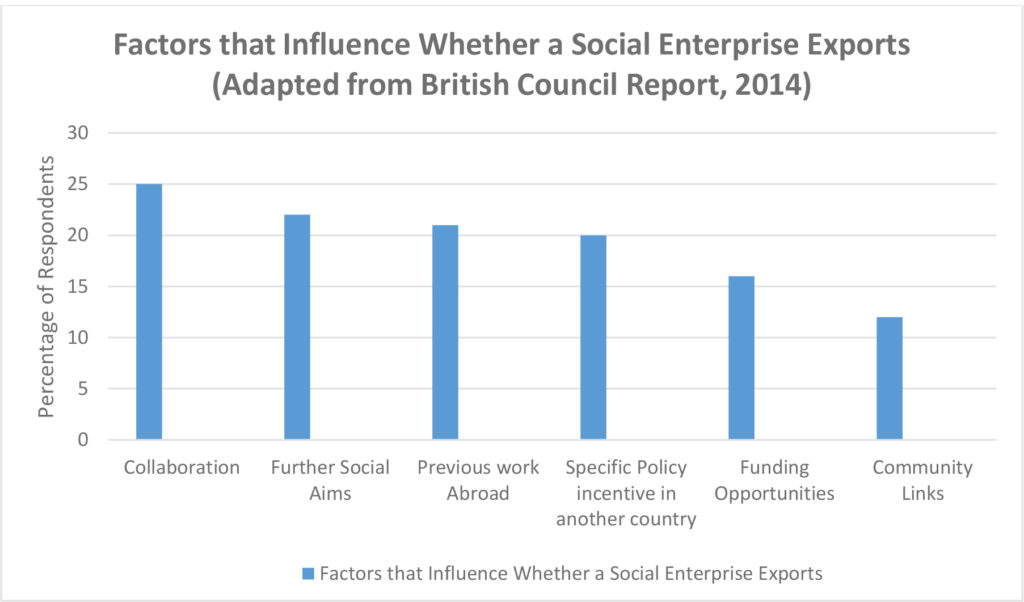How can Social Enterprises ensure financial sustainability and sustained social impact?
How can Social Enterprises ensure sustainability? For many organizations that were involved in this project they had used a combination of reasons and strategies to increase or sustain their international trading activities. E.g. one social Enterprise from England described their strategy for internationalisation as focused on two different categories. One refers to the countries that are facing social problems and the second one to countries that have developed a good market economy system and expertise like England, Germany, Greece.
The first option for many Social Enterprise that operate in Europe is obviously to start to internationalise and trade their goods and services in the European countries and in particular in the neighbouring countries. However, many social enterprises had taken advantage of a variety of routes, including e-commerce, which have allowed them to sail their goods across the globe.
For one organization, the choice of countries in which to operate was a response to demand from their services.
A number of social enterprises were directly targeting the tourism market to sell their services.
Some organization focused on cross border countries as their choices for international trading operations.
Expat communities living abroad had influenced their trading locations of some social enterprises.
Even language skills and language similarities had also influenced trading choices.
For the social enterprises working in the aid and cooperation sector their choices of operational location was obviously driven by social needs, and the same was for the social enterprises that work in the environmental sector.
Another choice of the countries where to internationalise a social enterprise was the result of a previous volunteering experience.
Interestingly the interview data relating to the sustainability of social enterprises trading internationally showed that in a small organisations the idea for and the planning of the international arm of the enterprise relates to a single person. Having such a responsibility, pressure and working long hours can really take its toll – as one said: “Self-care, looking after yourself, whoever, is leading the internationalisation because you are going to be pushing yourself. Working across multiple time zones and multiple customer bases. Make sure you have a well-rounded team, that back each other up so that at difficult moments you have somebody to talk to. Have your coaching and learning and development plans in place.”


